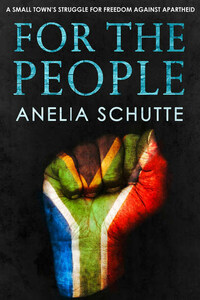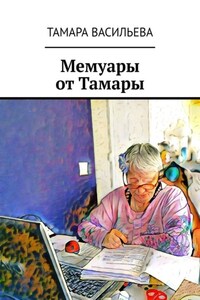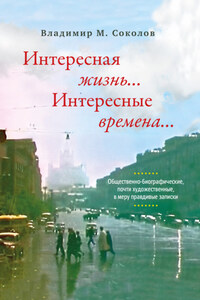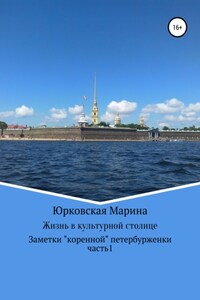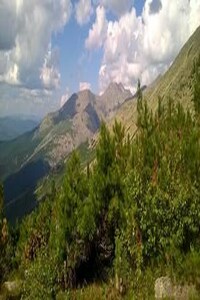A STORY OF SMALL-TOWN APARTHEID
Anelia Schutte grew up in Knysna â a beautiful town on the coast of South Africa, centred around a picturesque lagoon and popular with tourists. But there was another side to Knysna that those tourists never saw. In the hills surrounding the town with its exclusively white population lay the townships and squatter camps where the coloured and black people were forced to live.
Most white children would never go to the other side of the hill, but Anelia did. Her earliest memories are of being the only white girl at a crèche for black children that her mother, Owéna, set up in the 1980s as a social worker serving the black community.
Thirty years on, Anelia, now living in London, yearns to find out more about her motherâs work, and to understand the political unrest that clouded South Africa at the time. She returns to Knysna to find the truth about the town she grew up in, from the stories and memories of the people who were there.
For the People is an exploration of apartheid South Africa through the eyes of Owéna â a white woman who worked tirelessly for the black people of Knysna and found herself swept up in their struggle. They called her Nobantu: âfor the peopleâ.
Contents
Cover
Blurb
Title Page
Author Bio
Dedication
Authorâs note
Prologue 1984
Introduction
Chapter 1 Going home
Chapter 2 Back to my childhood
Chapter 3 1970
Chapter 4 Digging
Chapter 5 1970â1
Chapter 6 Colourful stories
Chapter 7 Xenophobia
Chapter 8 1972
Chapter 9 Jack and Piet
Chapter 10 1972
Chapter 11 1972â8
Chapter 12 Queenie
Chapter 13 The funeral
Chapter 14 1978â82
Chapter 15 1982
Chapter 16 Township tour
Chapter 17 1982
Chapter 18 Mrs Burger
Chapter 19 1983
Chapter 20 Crèche tour
Chapter 21 1983
Chapter 22 1983
Chapter 23 Oupad
Chapter 24 Tembelitsha
Chapter 25 1983
Chapter 26 Theron
Chapter 27 1983
Chapter 28 Memories of apartheid
Chapter 29 1983
Chapter 30 Johnny
Chapter 31 1984
Chapter 32 1986
Chapter 33 Lois Bubb
Chapter 34 1986
Chapter 35 Amy Matungana
Chapter 36 Trouble
Chapter 37 Esther Xokiso
Chapter 38 1986
Chapter 39 David Ngxale
Chapter 40 Lawrence Oliver
Chapter 41 1986
Chapter 42 1986
Chapter 43 Tapped
Chapter 44 1986
Chapter 45 Elizabeth Koti
Chapter 46 1987
Chapter 47 1987â8
Chapter 48 Winile Joyi
Chapter 49 1988
Chapter 50 Goodbyes
Epilogue 1994
Acknowledgements
Endpages
Copyright
ANELIA SCHUTTE
has lived in Cape Town, Durban, London and New York, but she still calls Knysna home.
Sheâs been writing ever since she could hold a pencil: essays for school, poetry for fun, and eventually copywriting for a living. Her short story, The Unkindness of Ravens, was published in From Here to Here: stories inspired by Londonâs Circle Line in 2005. Somewhere in a drawer she also has an unpublished childrenâs story about a bullied dung beetle.
Now based in New York, Anelia is a creative director at language consultancy The Writer. The rest of the time she runs along rivers and over bridges, makes bobotie and rusks for her American friends and spends hours on the phone to her mother.
For the People is her first book.
For my mother and father,
for everything
Black South Africans:descendants of the many African tribes in South Africa, each with its own culture, language and traditions going back several thousand years. The most prominent of these are the Xhosa and Zulu people.
White South Africans: descendants of the Europeans who settled in South Africa from the mid-seventeenth century, notably the Dutch and the British. White South Africans fall primarily into two groups based on their native language: English or Afrikaans.
Coloured South Africans: people of mixed race with some African ancestry, usually combined with one or more lineages including European, Indonesian, Madagascan and Malay. Mainly Afrikaans-speaking, theyâre also known as âbruinmenseâ (âbrown peopleâ).
Prologue
1984
They call her Nobantu, but that wasnât always her name.
While it is true that she was given that name in a church, it was far from a traditional christening. The church in question was little more than a shack; no spire, no bell, no stained-glass windows. Just a simple room with walls of corrugated iron. On the outside, those walls were painted red, the earthy terracotta of Klein Karoo dust. And so it was known as the Rooi Kerk â the Red Church â in the township called Flenterlokasie
